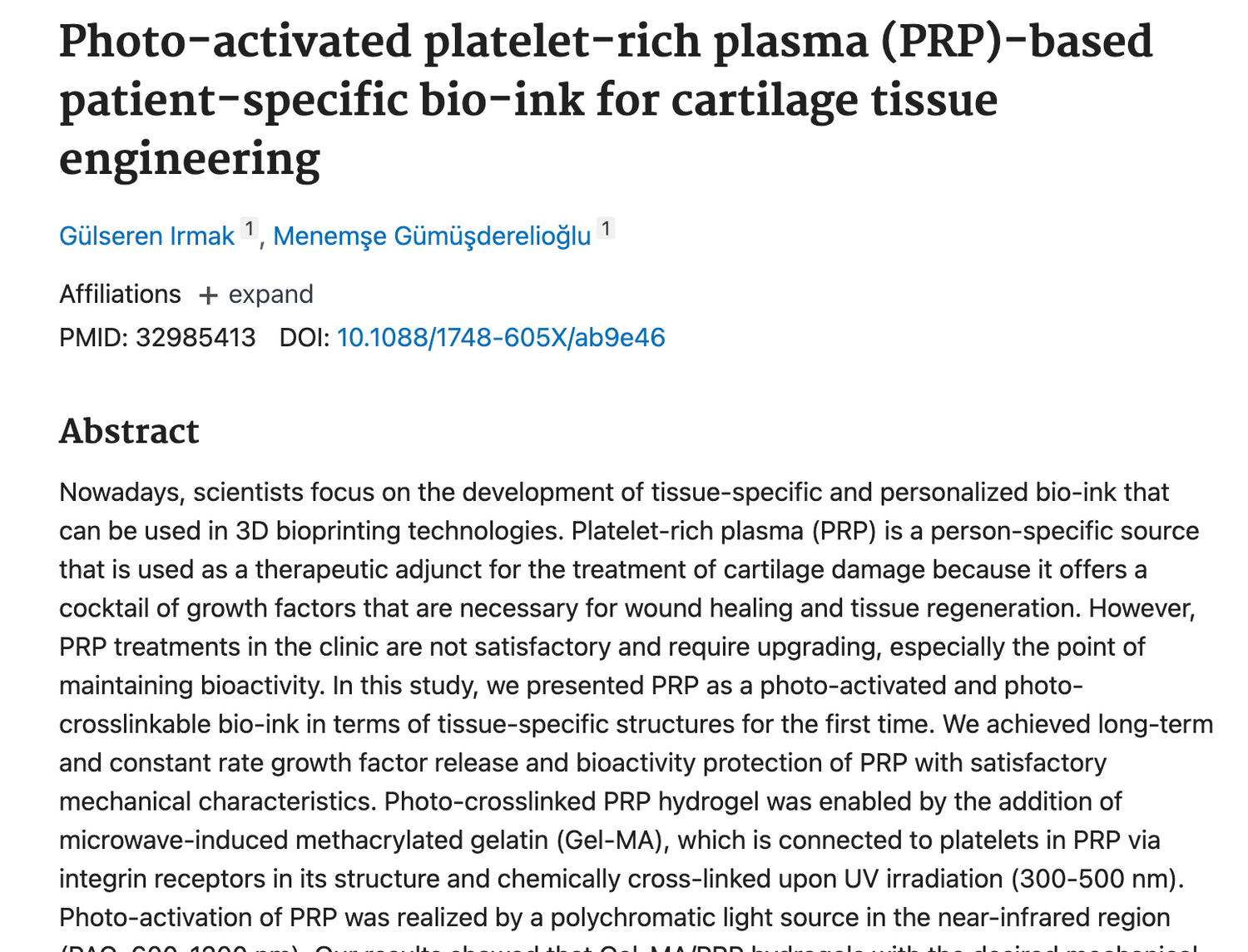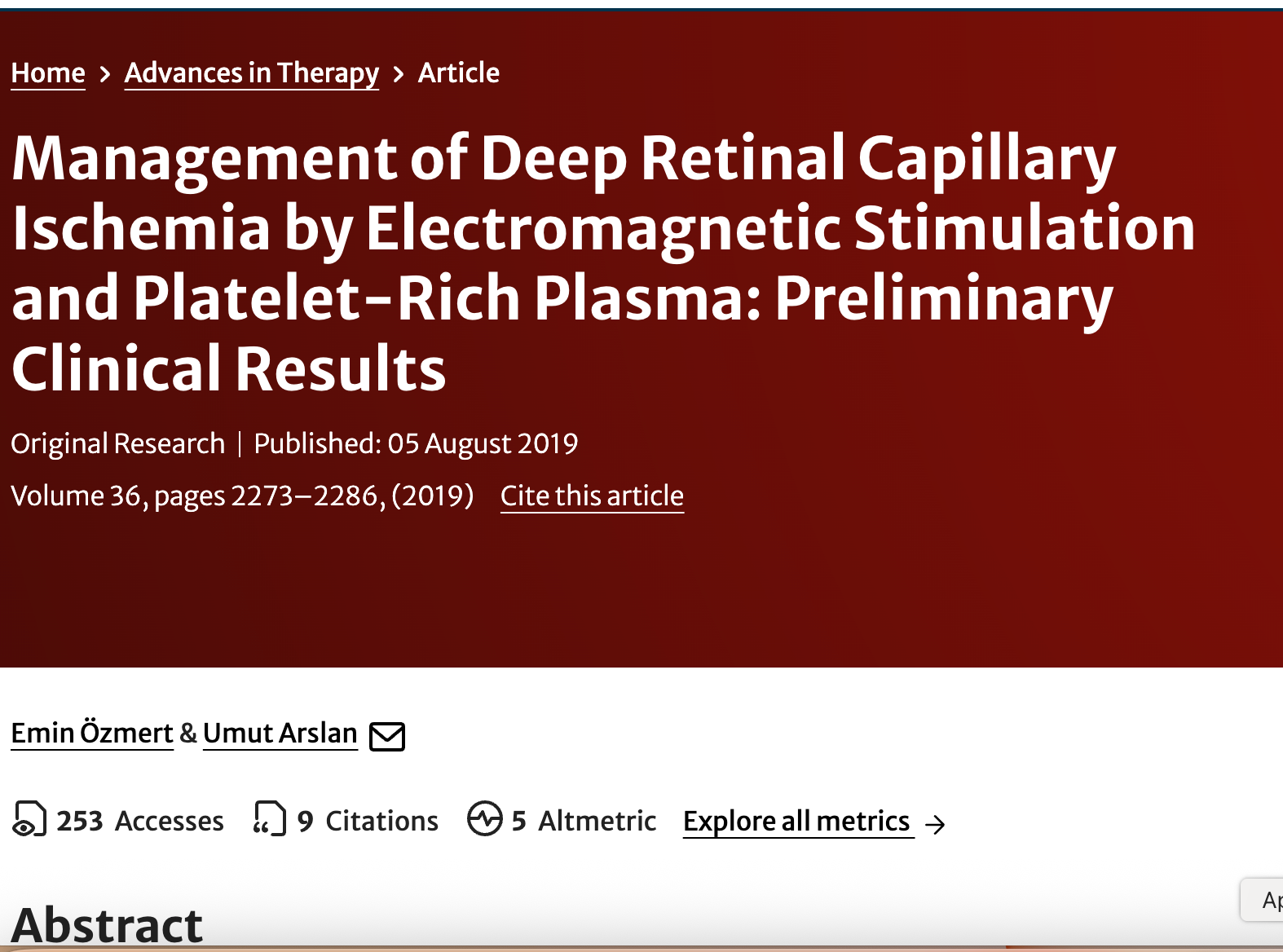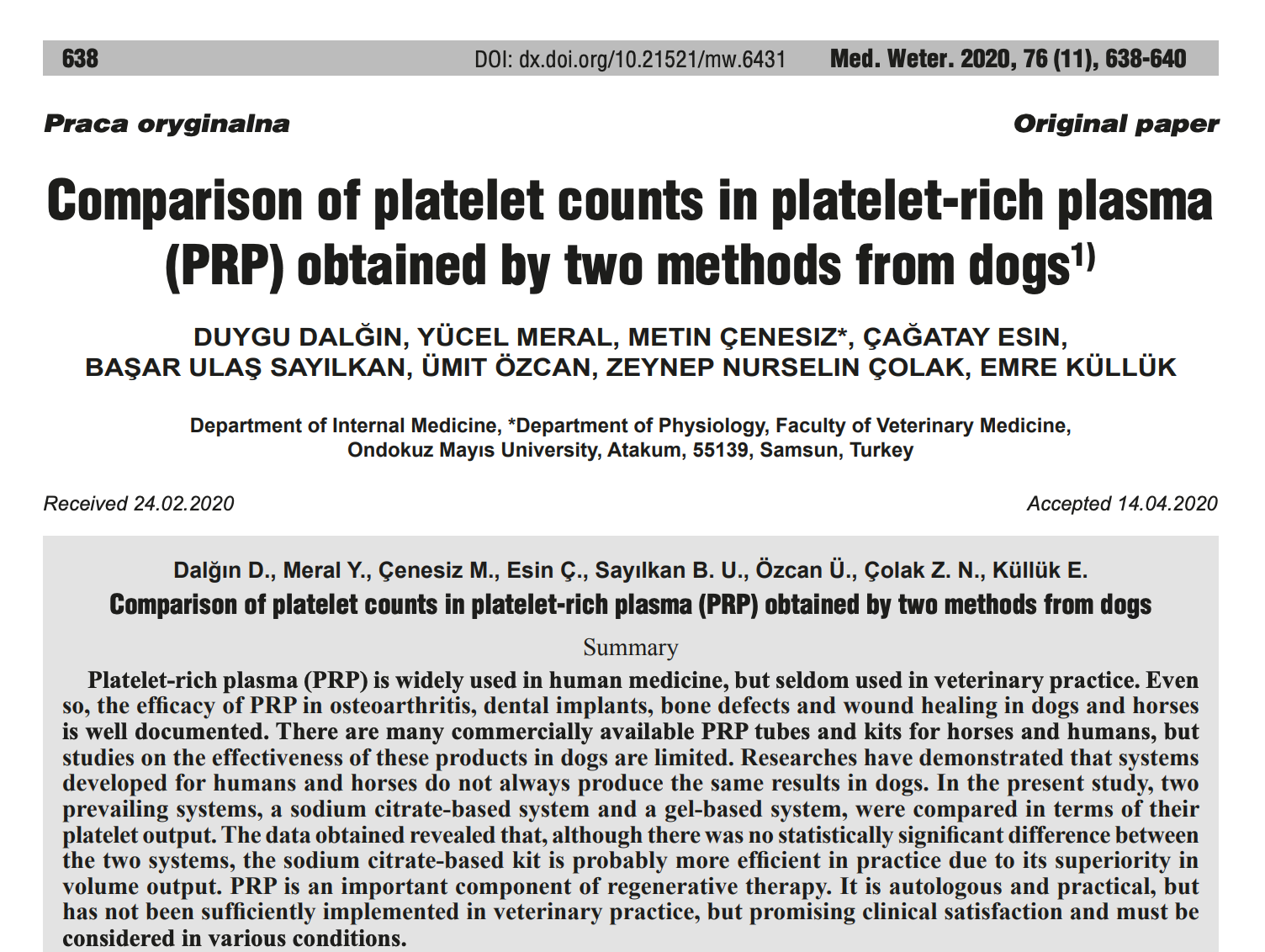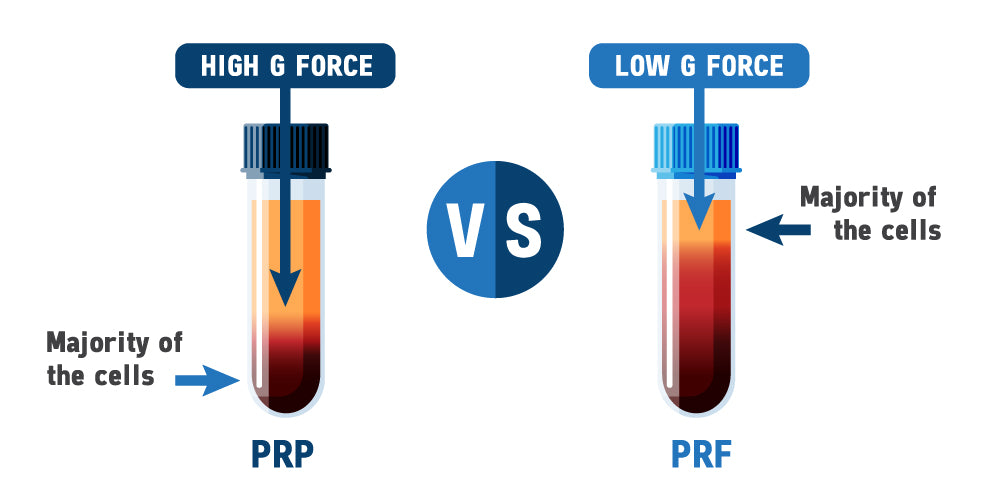Abstract
Nowadays, scientists focus on the development of tissue-specific and personalized bio-ink that can be used in 3D bioprinting technologies. Platelet-rich plasma (PRP) is a person-specific source that is used as a therapeutic adjunct for the treatment of cartilage damage because it offers a cocktail of growth factors that are necessary for wound healing and tissue regeneration. However, PRP treatments in the clinic are not satisfactory and require upgrading, especially the point of maintaining bioactivity. In this study, we presented PRP as a photo-activated and photo-crosslinkable bio-ink in terms of tissue-specific structures for the first time. We achieved long-term and constant rate growth factor release and bioactivity protection of PRP with satisfactory mechanical characteristics. Photo-crosslinked PRP hydrogel was enabled by the addition of microwave-induced methacrylated gelatin (Gel-MA), which is connected to platelets in PRP via integrin receptors in its structure and chemically cross-linked upon UV irradiation (300-500 nm). Photo-activation of PRP was realized by a polychromatic light source in the near-infrared region (PAC, 600-1200 nm). Our results showed that Gel-MA/PRP hydrogels with the desired mechanical properties (low degradation rate and high mechanical strength) released growth factors at a constant rate for the long-term by the periodic PAC application. In vitro cell culture studies (viability, proliferation, morphology, histology, immunochemistry, biochemistry, gene expression analyses) proved that proliferation and differentiation of the ATDC5 cells increased in the periodically light-applied Gel-MA/PRP hydrogel without any external chemical agents.
Click here to read the full text
Note: T-Lab™ System Users receive full access to all studies (in PDF) via their HCP Portal.

